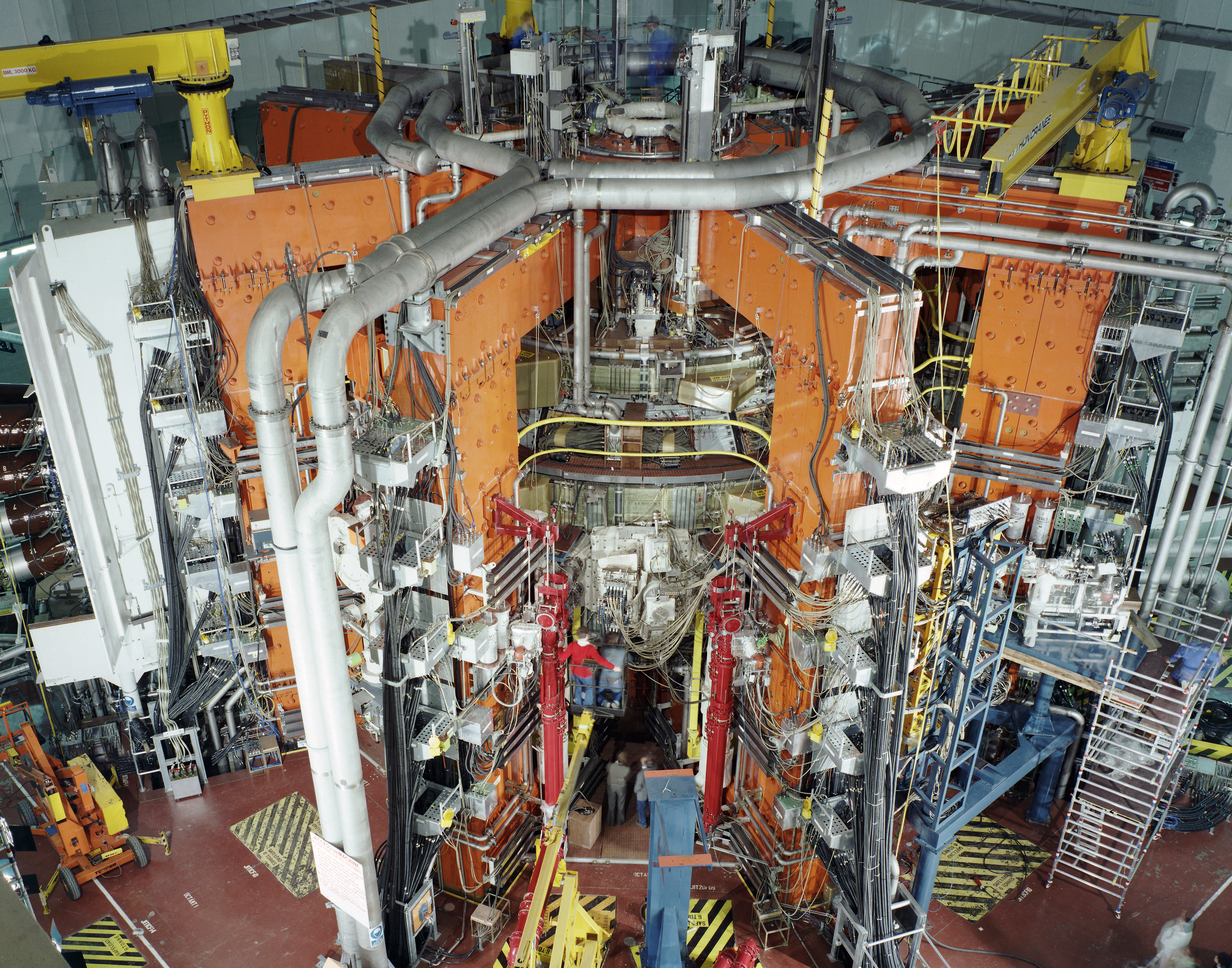Nuclear Fusion Reactor Design
- Introduction to Fusion Energy
- The Tokamak Design
- The Stellarator Design
- The Inertial Confinement Fusion
- The Magnetic Confinement Fusion
- The Field-Reversed Configuration and Other Emerging Designs
- Safety, Waste and Environmental Impact
- Future of Fusion & Course Review
Future of Fusion & Course Review
Current Research and Global Future Projects in Fusion Energy

Experimental type of electricity generation using nuclear fusion.
Fusion energy, often referred to as the "holy grail" of clean energy, is a field of research that is constantly evolving. This article will provide an overview of the current state of fusion energy research and future projects, highlighting the role of international collaboration in advancing this field.
Current Research in Fusion Energy
The field of fusion energy is currently experiencing a period of significant advancement. Researchers around the world are working tirelessly to overcome the technical challenges associated with harnessing fusion energy, and several promising developments have been made.
One of the most notable advancements in recent years is the development of high-temperature superconductors. These materials can carry a high current without resistance, even in strong magnetic fields, making them ideal for use in fusion reactors. This development has the potential to significantly increase the efficiency of fusion reactors and bring us one step closer to achieving sustainable fusion energy.
In addition to this, researchers are also exploring new ways to confine the plasma in fusion reactors. This includes the development of advanced magnetic confinement techniques and the exploration of alternative confinement methods, such as inertial confinement.
Future Projects in Fusion Energy
Looking to the future, there are several exciting projects in fusion energy that are currently in the planning or construction phase.
One of the most ambitious of these is the ITER project in France. This international project, involving 35 countries, aims to build the world's largest Tokamak fusion reactor. The goal of the ITER project is to demonstrate the feasibility of fusion energy on a commercial scale.
In addition to ITER, there are also several other large-scale fusion projects being planned around the world. These include the DEMO project in Europe, which aims to build a demonstration fusion power plant, and the SPARC project in the US, which is exploring the use of high-temperature superconductors in fusion reactors.
The Role of International Collaboration
The advancement of fusion energy research is a truly global effort. International collaboration plays a crucial role in this field, with researchers from around the world working together to overcome the challenges associated with fusion energy.
This collaboration is evident in the numerous international fusion projects, such as ITER and DEMO. These projects bring together researchers from different countries and disciplines, fostering a collaborative environment that is conducive to innovation.
Challenges and Opportunities
Despite the significant advancements made in fusion energy research, there are still many challenges to overcome. These include technical challenges, such as achieving a sustained fusion reaction and dealing with the high temperatures and pressures inside a fusion reactor, as well as economic and political challenges.
However, these challenges also present opportunities. The quest to overcome these challenges is driving innovation in the field, leading to the development of new technologies and techniques. Furthermore, the global nature of these challenges is fostering international collaboration, bringing together researchers from around the world in a shared pursuit of clean, sustainable energy.
In conclusion, the field of fusion energy is one of constant evolution and innovation. With numerous exciting projects on the horizon and a strong spirit of international collaboration, the future of fusion energy looks promising.